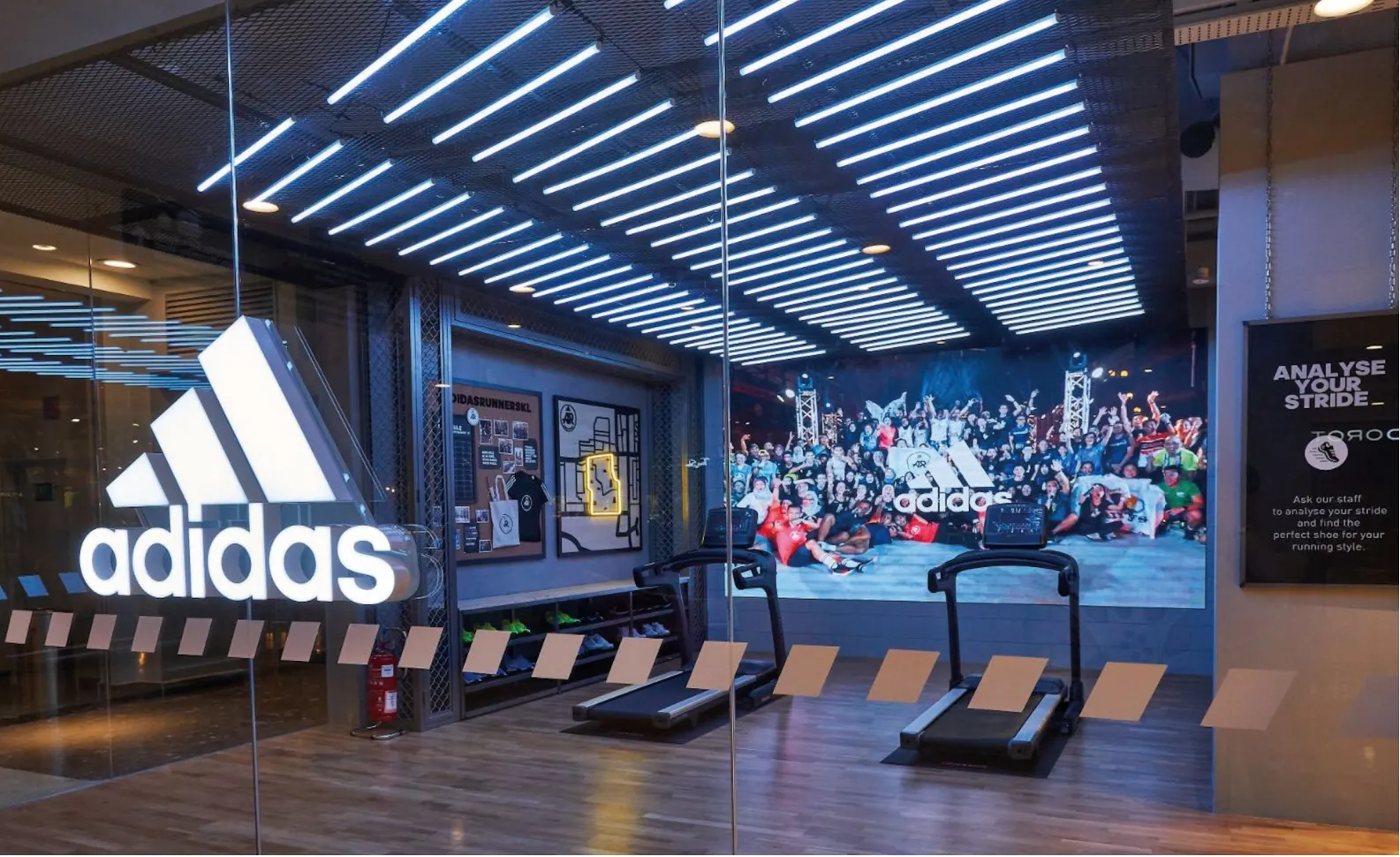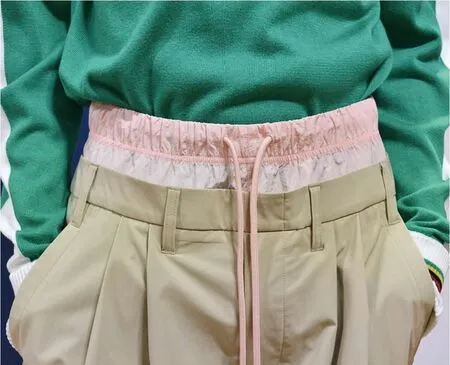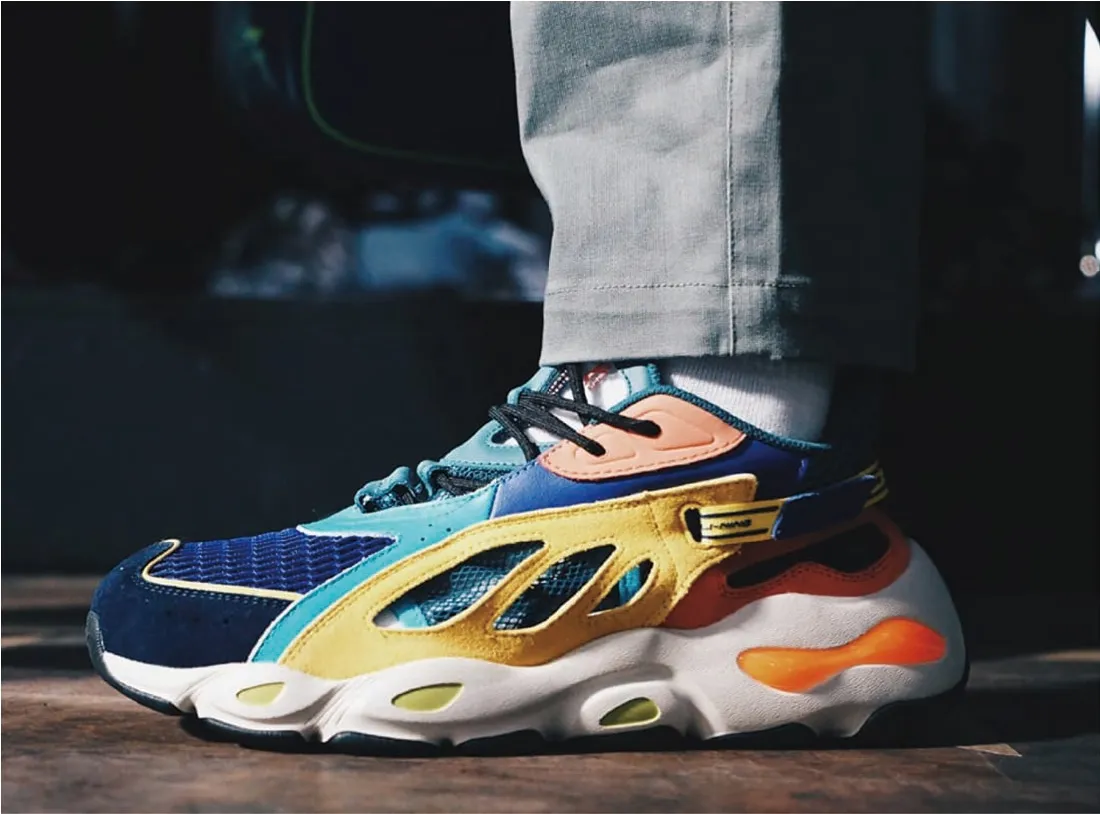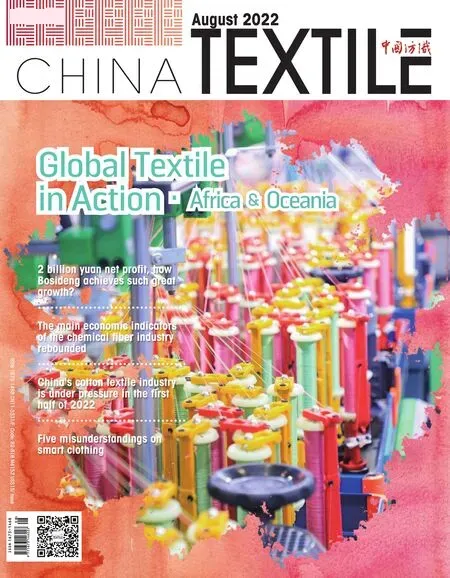Bad performance in China, Adidas CEO admited that they made a mistake
By Zhong Mengxia

Recently, in the interview with Handelsblatt, kasper rorsted, the CEO of Adidas said that Adidas had made a mistake in the Chinese market, and this news was once on the trending topics of major social networks in China.
Previously, Adidas had announced the results of the first quarter of 2022. Affected by supply chain restrictions and pandemic situation, Adidas' revenue reached 5.302 billion euros in the first quarter, down 3% from the same period of last year. Sales in main—land China decreased by 34.6% year—on—year to 1.004 billion euros. This is the fifth quarter since 2021 that Adidas' sales have declined continuously in China. Can Adidas turn over again in China?
“We made a mistake”
On August 9th, Kasper Rorsted, CEO of Adidas, said that in the second quar—ter, Adidas' revenue in mainland China dropped by 35%. Apart from the impact of the COVID—19 pandemic, Adidas did lack of awareness and understanding for Chi—nese consumers. Adidas' financial report for the second quarter of 2022 released on August 4th showed that the company's net sales in the second quarter was 5.596 billion euros, up 10.2% from 5.077 billion euros in the same period last year; the net prof it was 309 million euros, down 24.2%year—on—year.
Although Adidas' performance in the Asia—Pacific region increased by 14% as a whole, China continued its downward trend in the first quarter, with another 35%decline in the second quarter. Adidas said that the weak—ness in China put pressure on the overall revenue in the second quarter, and the decline in sales in this region also dragged down the overall gross prof it margin.
Earlierly, series of action to change the head of Adidas business in China failed to make it escape its fifth consecutive quarter of negative growth in China.Adidas also had to lower its profit forecast, adjusting its annual profit of 1.9 billion euros to about 1.3 billion euros. If the response of the Chinese market is less than expected, it may undermine Adidas' revenue tar—get by 2025.
Good news of domestic sports brands
Diff erent from Adidas' worries, many domestic sports brands frequently report good news. Li—Ning released 2022 interim results report shows that although it was affected by the COVID—19 in the f irst half of the year, its performance still maintained an upward trend. According to the report, Li—Ning's revenue in the f irst half of the year was 12.409 billion yuan, a year—on—year increase of 21.7%; gross profit was 6.201 billion yuan, up 8.8% year—on—year; prof it attributable to equity holders of the Group was RMB 2.189 billion, up by 11.6% year—on—year. Xtep also recently announced a prof it forecast. Th e forecast shows that Xtep's comprehensive rev—enue growth is expected to be no less than 35% in the f irst half of the year, and retail sales including online and of—fline channels are expected to increase by 20—25%. In addition, 361° also released a positive profit forecast for the first half of the year.
Demand from local is important


In addition to the impact of the COVID—19 and Xin—jiang cotton issue, Adidas said, "We really don't know enough about consumers, so we left room for those competitors who do better." In recent years, the rise of domestic fashion is particularly prominent in the f ield of sports brands,and a number of domestic sports brands such as Li—Ning, Anta, Xtep and ERKE have taken advantage of the situation. Besides paying more attention to design and R&D, domestic sports brands are also closer to young consumers, launching diversif ied products and localized market—ing methods, forming their own product category and brand inf luence. In addition, the processing factories that used to make for famous brands such as Adidas and Nike also applied for collective trademarks, trying to share a piece of cake in the sports brand market.
However, international sports brands such as Adidas appear to be stagnant. Some foreign media pointed out that the "frustra—tion" of international sports brands in China not only in the decline or even resistance of Chinese consumers to western brands, but also in their underestimation of the importance of online sales channels. Under the influence of COVID—19 on offline sales, the sales of online retail channels of Li—Ning and 361° all increased,and Anta also actively promoted online sales to offset the suspen—sion of some offline stores. Regarding the future development of the Chinese market, Adidas CEO said that in the long run, he is still optimistic about Chinese market. And they will take a series of ac—tions, such as expanding electronic sales channels, to strengthen its influence on the Chinese market.

